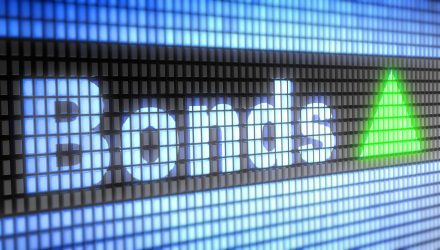With bonds, GSAM argued that investors should consider the tradeoffs of providing liquidity versus demanding it. When volatility rises, ETF activity generally rises and ETF trading costs could also rise, as measured by bid-ask spreads. The wide spreads and stressed markets create challenges for sellers of ETFs. But they also provide potential opportunities for buyers.
Consequently, bond ETF investors should understand order types in all market environments. Specifically, investors can better control trades through a “limit order”. As opposed to a “market order,” which may be executed at the best available level at a given point in time, a limit order prioritizes the price an investor receives over immediacy of trading execution.
“A limit order potentially may help investors buy or sell at a preferred price level, and may prevent an investor from buying or selling at prices which are far away from the desired level. In our view, limit orders are generally the appropriate tool for individual investors engaging in most types of ETF trading,” Sachs and Singer said.
Lastly, GSAM argued that large institutional-sized traders may also take advantage of the creation-redemption process.
“For financial advisors and institutional investors, pursuing ETF share creations with the help of trading desks and specially designated firms called ‘authorized participants’ can be one potential path to finding the trading execution outcomes they seek. In many cases, a trading desk can create and redeem ETF shares directly with the ETF sponsor (the firm which administers a given ETF) instead of executing trades solely in the secondary market,” Sachs and Singer added.
For more information on the fixed-income space, visit our bond ETFs category.
